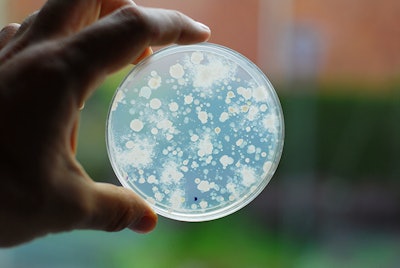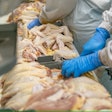
Staphylococcus in poultry is caused by gram-positive coccoid bacteria of the genus Staphylococcus, most commonly a strain called S. aureus.
Staphylococcus is one of the many benign forms of bacteria normally found on the skin and other mucus membranes of poultry and other animals, including humans. However, when the skin or mucus membranes of a bird becomes compromised through a wound, infection or even the open naval of newly hatched chicks, Staphylococcus can cause a localized or systemic infection, including leg infections and foot problems.
Immunocompromised birds are also at a higher risk of infection.
Although humans can also be infected with Staphylococcus, research suggests that the strains affecting animals are different than those seen in people.
Danger to humans as well
Some poultry-specific strains of Staphylococcus can cause food poisoning in humans.\
More than 48 million Americans get sick from a foodborne illness each year and 3,000 people die as a result, the Center for Disease Control and Prevention (CDC) estimates. Contaminated poultry meat is the underlying cause of 19% of deaths attributed to foodborne illnesses.
Staph food poisoning is a gastrointestinal illness caused when people eat foods contaminated with toxins produced by the bacterium Staphylococcus aureus. S. aureus is killed by cooking, but its toxins can survive and may still cause illness.
MRSA
Methicillin-resistant Staphylococcus aureus (MRSA) is S. aureus’ more dangerous cousin. It can cause serious infectious, including pneumonia, bloodstream infections and sepsis. The bacterium is resistant to several antibiotics and therefore very difficult to treat. MRSA is commonly found in healthcare settings, however the bacterium has been detected in both laying hens and broiler chickens.
In addition, research published in the journal Clinical Infectious Diseases revealed that the consumption or handling of contaminated poultry products may be a source of human exposure to MRSA.
Scientists at McMaster University have developed an antimicrobial wrap that can repel MRSA and other antibiotic resistant bacteria when it is used to package poultry and meat.

















